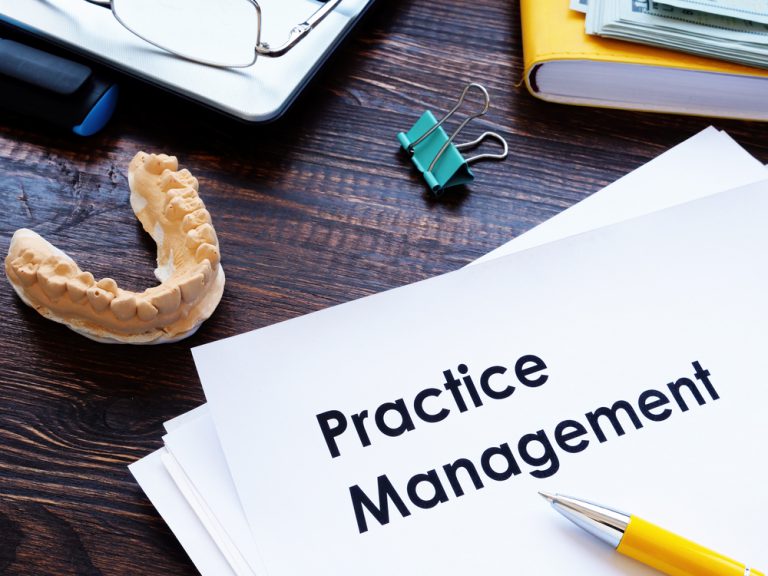Dentist
How to Deal with a Difficult Patient
Roger P. Levin, DDS
Even if you have a practice with 5-star customer service, you’ll still encounter patients who are deemed difficult—individuals who simply don’t cooperate in some way, shape, or form. Dealing with difficult patients can upset the staff, send negative reverberations throughout the practice, cause stress and frustration, and even lead to a loss of revenue due to their behaviors and the time needed to address them.
Here are 4 steps for effectively dealing with difficult patients:
- Maintain Your Composure: The first step in handling a difficult patient is not to let it bother you. While this may sound easier said than done, it’s essential not to internalize the difficult patient’s behavior or comments. Instead of being shocked or surprised, expect occasional encounters with challenging patients. Try viewing it as a challenge or game to be won – find ways to relieve stress and possibly satisfy the patient.
- Seek Understanding: Be curious enough to try to figure out why the patient is being difficult. Initially, it’s natural to perceive the patient as unfair, ridiculous, or annoying. However, there is usually an underlying reason that triggers the difficult behavior. It could be a minor inconvenience, financial concerns, personal preferences, or discomfort with a team member. Taking a moment to understand the root cause of their behavior can help you find a solution.
- Ask for Feedback: Engage the patient by asking how you can make their experience better. This approach often disarms difficult patients because they may not expect someone to genuinely listen to their concerns. By simply asking what could enhance their appointment’s comfort, convenience, or enjoyment, you demonstrate a willingness to address their needs. This can help move the patient back into rational and logical behavior.
- Offer Reasonable Solutions: Determine if the patient’s request or concern can be reasonably addressed. In some situations, offering a simple solution can alleviate the patient’s dissatisfaction. For instance, a restaurant might offer a free dessert to appease a customer unhappy with service. Similarly, in a dental setting, finding a practical solution, such as scheduling the patient for the first appointment of the day to avoid delays, can resolve their issue. Often, acknowledging the problem and taking steps to rectify it can significantly improve the patient’s attitude.
Dealing with difficult patients can be disruptive and challenging. They can create stress, tension, conflict, financial losses, and disrupt the practice’s daily operations. Following the general guidelines mentioned above can help you manage and satisfy most difficult patients effectively. However, in rare cases, you may need to consider whether it’s in the practice’s best interest to continue serving an extremely challenging patient.
Ultimately, the goal is to equip your team with the tools and principles to handle difficult patients professionally and skillfully, ensuring the best possible experience for both the patient and the practice.
ABOUT THE AUTHOR
Roger P. Levin, DDS, is the CEO and founder of Levin Group, a leading practice management consulting firm that has worked with over 30,000 clients to increase production. A recognized expert on dental practice management and marketing, he has written more than 60 books and over 4,000 articles and regularly presents seminars in the U.S. and around the world.
To contact Dr. Levin or to join the 40,000 dental professionals who receive his Practice Production Tip of the Day, visit www.levingroup.com or email rlevin@levingroup.com.
FEATURED IMAGE CREDIT: Vitalii Vodolazskyi/Shutterstock.com.


